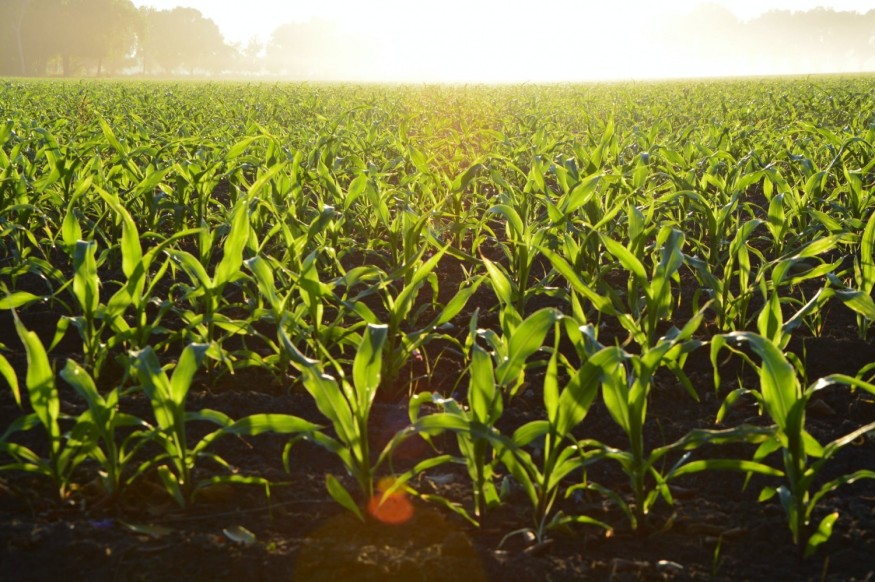A new study found that practicing soil conservation benefits farmers and their crops. Farmers who prioritize soil health have a better chance of rotating three crops or more and can use cropland for livestock grazing.
Tong Wang, an assistant professor from the South Dakota State University Ness School of Management & Economics, says that they surveyed crop producers in Nebraska, North Dakota, and South Dakota. They looked into the reason of producers for prioritizing soil health, as well as how other producers may be encouraged to adopt conservation practices similarly.
Wang was the lead author of a May 2019 article in the Journal of Agricultural and Resource Economics, which detailed their study results.

READ: The Potential of Mycology or Fungi Mega science in Advancing Our Knowledge and Technology
Study Findings
The new study is the first to address the motivations of producers in the Northern Great Plains in adopting these practices. The research had a duration of four years. It aimed to evaluate the impacts that integrated livestock and crop management system can bring. This system involves cover crops like oats. Grazing is also an integral part of the plan for crop rotation.
It is a project by the National Institute of Food and Agriculture, and it had 26 researchers coming from five academic institutions. The project was headed by Sandeep Kumar, associate professor from the Horticulture and Plant Science, Department of Agronomy, South Dakota State University
According to Wang, producers are critical to the prevention and reversal of soil degradation. She said that if they can show the importance of soil health to long term profits, producers will more likely adopt them. A study in Iowa from 2003 to 2011 showed how rotating three or four crops has increased the yield of soybean and corn by four to nine percent. It also reduced the need for herbicides and fertilizers by a minimum of 80% compared to a conventional rotation plan.
READ ALSO: Agriculture Now the Largest Source of Sulfur to the Environment
Present Conservation Practices
In the survey, 672 farmers responded. Out of those, almost 38% use diversified rotation plans. Meanwhile, 71% graze livestock on their cropland. A mere 28% used both of these methods for improving soil health.
According to Wang, producers in South Dakota tend to engage in both practices: 33% of respondents used integrated livestock and crop-livestock systems and diversified crop rotation. Over 70% of respondents in the area had integrated livestock and crop management systems, and almost 40% had three or four crops in their rotation plan.
Wang said that respondents usually have more cropland compared to other producers in their state.
Increasing Adoption of Conservation Practices
Wang says that the producers concerned with stewardship and soil health are not too concerned about immediate profits and tend to adopt the conservation measures.
Wang also adds that producers are more likely to adopt diversified rotation by 3.8 percent as their property increased by 1,000 acres. Also, 45 dollars per acre is enough to encourage producers to adopt diversified rotation plans, and only 30 dollars per acre are needed to help them to take integrated livestock and crop management systems.
This USDA project and other researches can present the benefits of crop management strategies that promote soil conservation. At the same time, incentive programs from the government can give short-term compensation for farmers.
READ NEXT: Cows and Cropland to Help Save the Planet
Check out for more news and information on Soil Conservation on Nature World News.
© 2025 NatureWorldNews.com All rights reserved. Do not reproduce without permission.





